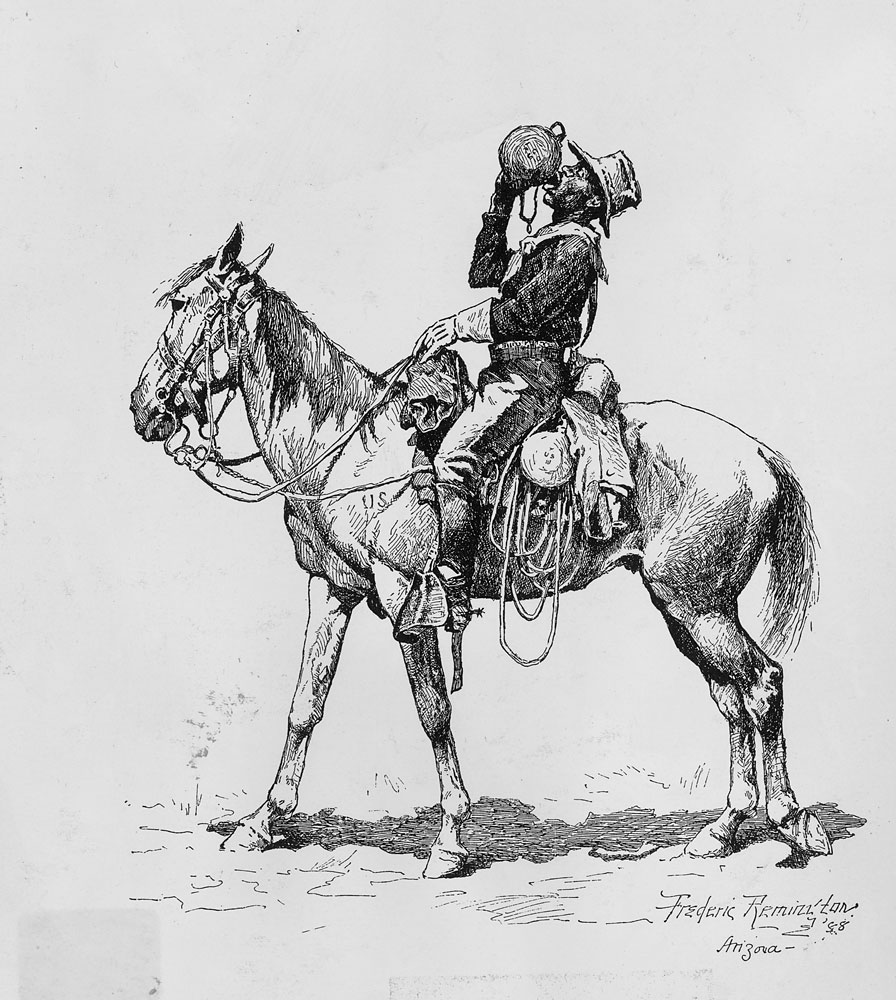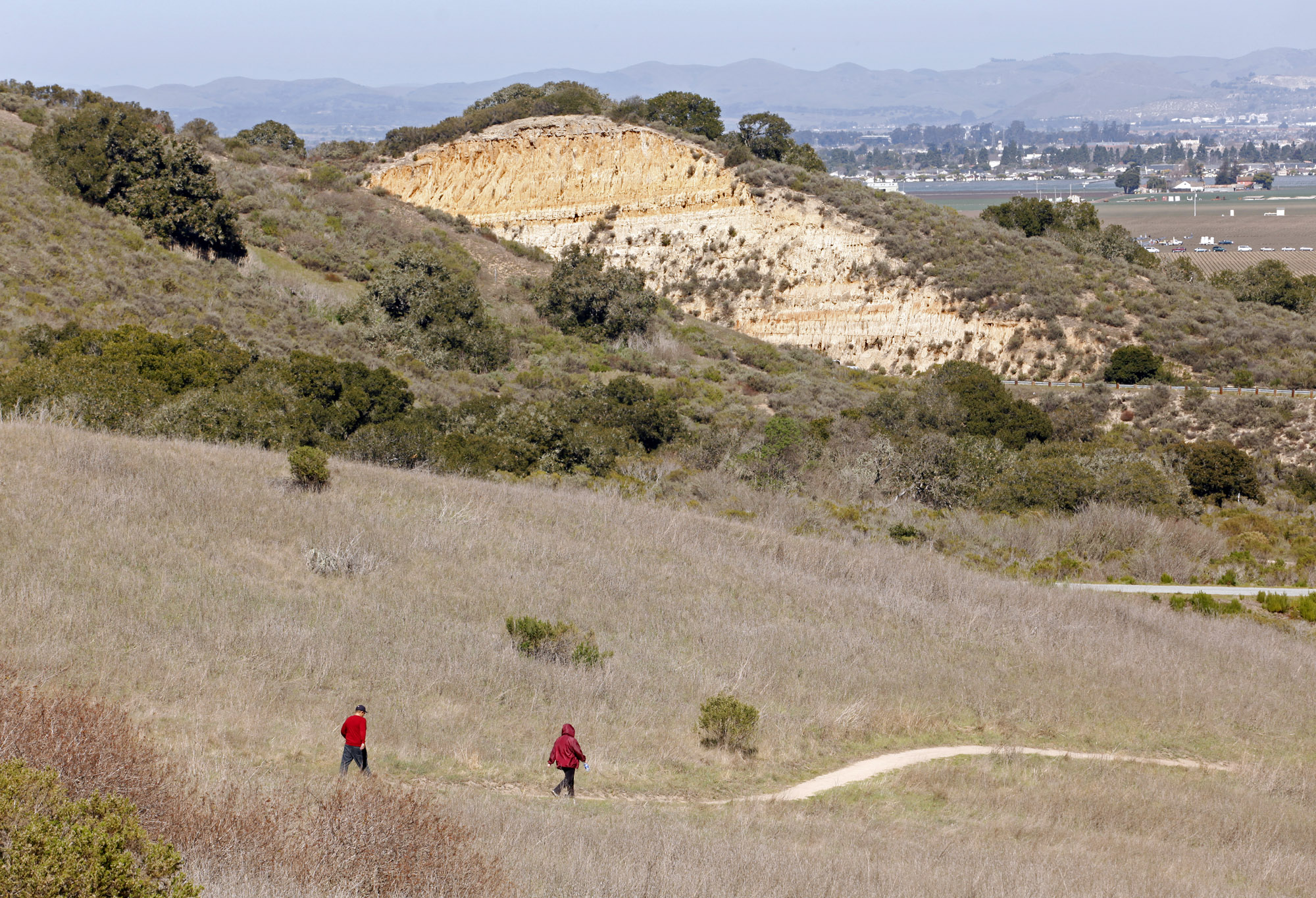
In Monday night’s one and only debate for the Kentucky Senate race, Senate Minority Leader Mitch McConnell’s Democratic challenger refused to say whether she voted for President Barack Obama in 2008 and 2012.
“I have my disagreements with the President,” Kentucky Secretary of State Alison Lundergan Grimes said. “The President is not on the ballot this year.” She added that it was her “constitutional right for privacy at the ballot box” to decline to name for whom she’d voted.
Though she did so clumsily and has been widely criticized for it, Grimes isn’t the only Democrat seeking a Grand Canyon of distance from Obama this campaign cycle. The President’s approval rating is at 42.6% and his disapproval rating is 10-percentage points higher at 52.3%, according to an average of national polls by Real Clear Politics. And he’s even more unpopular in states where Democrats are locked in tight races for control of the Senate like Kentucky, which he lost in 2012 by 23 points; Alaska, where he lost by 14 points; and Arkansas, which he lost by 24 points.
Democrats are hoping this election won’t be a referendum on the president, as midterm elections so often are. With just days left in the campaign, each race has become a smaller-scale war of parochial issues—most of them on which candidates can easily distance themselves from Obama.
As early as a year ago, Democratic Sen. Mark Pryor, who is warding off a strong challenge in Arkansas, highlighted how he opposed the President’s gun control legislation in his first television ad of the cycle. “No one from New York or Washington tells me what to do,” Pryor said in the ad. “I listen to Arkansas.”
On energy, Democratic Sens. Mary Landrieu of Louisiana and Mark Begich of Alaska both ran ads distancing themselves from Obama’s positions. “[T]he Administration’s policies are simply wrong on oil and gas production in this nation,” Landrieu said in her spot. Begich bragged that he “took on Obama” to fight for oil drilling in the Arctic and voted against the president’s “trillion-dollar tax increase.”
Democratic Sen. Mark Udall of Colorado said in his first debate with Republican Rep. Cory Gardner that he is the “last person” the Obama Administration wants to see visiting the White House.
And while endangered Democratic Sen. Kay Hagan met Obama on the tarmac in North Carolina in August, going so far as kissing him on the cheek—footage that ended up in campaign commercials against her—she made clear ahead of his trip that she believes his Administration “has not yet done enough to earn the lasting trust of our veterans.” (Obama was there to deliver a speech on veterans issues.)
Even Massachusetts Sen. Elizabeth Warren, who isn’t up for reelection this cycle, has taken the President out to the woodshed in recent days for not doing enough to protect Americans in the wake of the financial crisis. “They protected Wall Street,” she told Salon in an interview. “Not families who were losing their homes. Not people who lost their jobs. And it happened over and over and over.”
Meanwhile, Warren, like former President Bill Clinton and former Secretary of State Hillary Clinton, is proving to be a powerful and popular surrogate these midterms, welcome in places like Kentucky and West Virginia where Obama dare not set foot.
All of which is why Obama’s spending his weekends during the final sprint to the election day golfing, rather than on the campaign trail. He’s done a huge amount of fundraising, but so far only two campaign events for incumbent governors in Illinois and Connecticut. There are a handful of other solid blue states where Obama can help—in his native Hawaii, for example—but First Lady Michelle Obama is much more in demand than he is. Michelle—who has an approval rating of 69%, higher than both Laura Bush and Hillary Clinton at the same point in their husband’s presidencies—has campaigned for Senate hopefuls in Michigan and Iowa and a gubernatorial candidate in Maine, Massachusetts, Wisconsin and Pennsylvania. And she’s scheduled to stump for gubernatorial hopeful Charlie Crist in Florida on Friday, not to mention a bevy of voter registration events in other states.
Running away from an unpopular second-term President is practically becoming a tradition in American politics. Before the 1998 midterm elections, Bill Clinton was plagued by the Monica Lewinsky scandal—though Republican overreach helped his party actually gain seats. And thanks to Iraq and Afghanistan, George W. Bush wasn’t very popular with his party in 2006, even before the financial crisis. Republicans lost both chambers of Congress that year.
“It’s a common phenomenon, running against a lame duck president,” says Prof. James Thurber, director of American University’s Center for Congressional and Presidential Studies. “In the last two years of his Administration, Presidents have tended to be very unpopular, having used up their political capital.”
Still, Obama bears the distinction of being so polarizing that running against him has proven successful for Democrats almost from the moment he was elected. In 2010, West Virginia Democrat Joe Manchin ran an ad that showed him shooting climate change legislation endorsed by Obama with a gun. That same year Indiana Democrat Joe Donnelly ran ads distancing himself from the President. Both men bucked an anti-Democratic wave to get elected to the Senate.
Democrats this year are hoping to repeat their strategy. Grimes ran an ad in September that showed her shooting skeet while declaring: “I’m not Barack Obama.”
Read next: Hey, Mitt Romney Cracked a Good Joke
Photos: Every National Monument President Obama Has Declared











More Must-Reads from TIME
- Cybersecurity Experts Are Sounding the Alarm on DOGE
- Meet the 2025 Women of the Year
- The Harsh Truth About Disability Inclusion
- Why Do More Young Adults Have Cancer?
- Colman Domingo Leads With Radical Love
- How to Get Better at Doing Things Alone
- Michelle Zauner Stares Down the Darkness
Contact us at letters@time.com